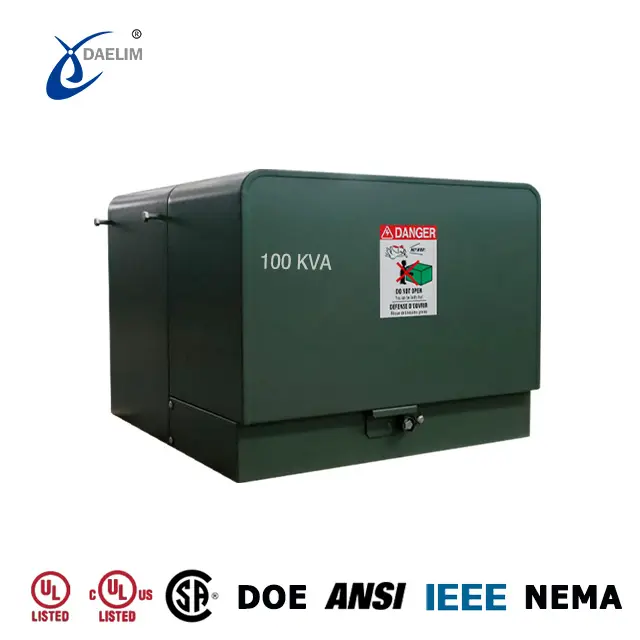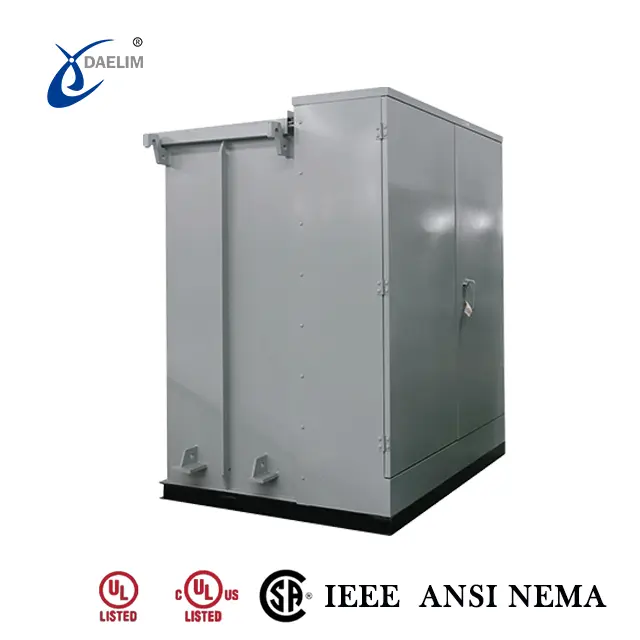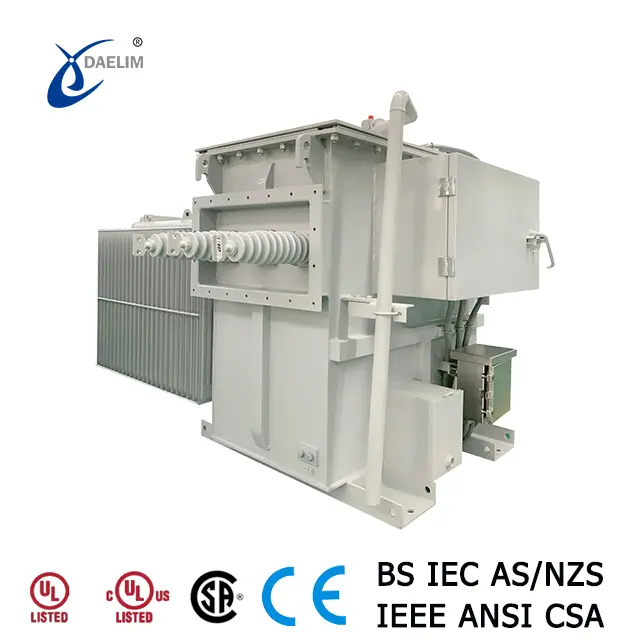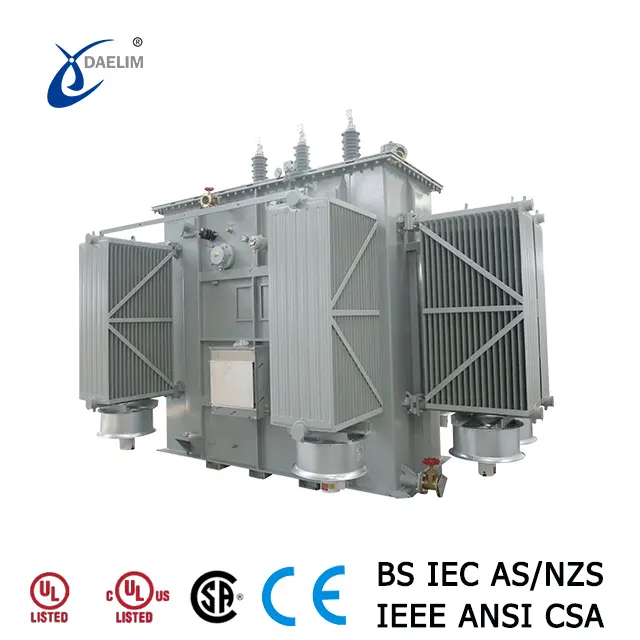Color Changes and Abnormal Odors in Transformer
Many transformer faults are often accompanied by heating, leading to color changes, temperature variations, or distinctive odors in the affected parts.
Overheating of External Wire Clamp Connection
-
Cause: Loosening of the transformer bushing lead wire clamp or fastening bolts and screws, oxidation of the contact surface, or insufficient contact area.
-
Manifestation: The hot spot darkens, loses its luster, exceeds 70 degrees in temperature, changes the color of the temperature indicating wax sheet, and blackens the surface paint.
-
Measure: During power outage tests, measure the DC resistance of the transformer winding including the wire clamp. If in doubt, measure the contact resistance of the wire clamp separately (generally not more than 500 μΩ). Open the clamp, polish the contact surface, and tighten it as necessary. Check the current carrying capacity of the wire clamp if needed.
Damp Silicone in the Respirator
-
Cause: Silicone is used to absorb moisture entering the transformer oil pillow. Normally light blue, it turns pink when ineffective.
-
Measure: Replace the silicone annually. Rapid discoloration can be caused by:
-
Sealing Issues: Aging rubber pad, loose screws, or cracked glass cover. Replace the rubber pad, tighten screws, and replace the glass cover.
-
Low Oil Level in Silicone Cylinder: Add transformer oil to prevent water from entering the oil seal and direct air entry.
-
High Humidity or Water Ingress: Replace silicone if discoloration occurs too slowly, indicating abnormal breathing and requiring pipeline inspection and correction.
-
Transformer Light Gas Action and Gas Collection in the Oil Chamber of the Gas Relay
-
Cause: Normally, the oil chamber is full of transformer oil. If light gas action occurs, check and take oil samples for chromatographic analysis immediately.
-
Measure:
-
Colorless, Odorless, and Non-Flammable Gas: Indicates air. Causes include gas brought in during new oil filling or oil filtering, or poor oil pump seals. Ensure proper oil filling procedures and repeated gas release.
-
Gas with Odor: Indicates an internal fault, requiring immediate operation cessation for inspection and testing. Manifestations include:
-
Slightly yellow and non-flammable: Overheated or burned internal insulation materials.
-
Black, gray, and flammable: Overheating bare metal or insulation flashover causing oil decomposition.
-
White and non-flammable: Possible insulation breakdown or burning of paper insulation.
-
-
Improper Cooling Pipeline Settings and Submersible Oil Pumps: Can also trigger heavy gas action. Conduct comprehensive analysis based on electrical testing and chromatographic guidelines to determine the cause and address the issue.
-
By addressing these causes and implementing the corresponding measures, transformer faults can be identified and mitigated effectively, preventing further damage and ensuring reliable operation.
Related Products
Related Article
Why does transformer require a balanced winding?
A balanced winding in transformers minimizes voltage differences between windings, reducing losses, controlling output voltage, and ensuring reliable operation.
Why are there pebbles under the transformer?
Pebbles beneath transformers serve multiple purposes: preventing fires and containing oil leaks, guiding oil drainage for easy collection and treatment, filtering impurities, aiding in thermal regulation, enhancing insulation and safety, dampening vibrations, and inhibiting weed growth. Contact Daelim Transformer for further inquiries.
Why should the transformer load not exceed 85%?
Optimizing transformer loading is critical to maximize efficiency and longevity. Loading above 85% can result in inefficiencies, while underloading wastes energy. Adhering to industry standards and providing spare capacity ensures stable operation despite demand fluctuations.
What are the common transformer faults?
Transformer faults include coil faults, core overheating, conductive loop overheating, bushing failures, on-load tap changer issues, cooler failures, oil cabinet breathing problems, and high-voltage reactor specific faults.
Causes and Measures for Damage to Transformer Explosion-Proof Cylinder or Pressure Relief Valve Membrane
Transformer damage can occur due to blocked respirators, improper bolt tightening, internal short circuits, stuck expanders, improper oil filling, and blocked capsules. Measures include proper filling, maintenance, replacing damaged parts, and thorough inspection before operation.
Causes and Measures for Flashover Discharge of Transformer Bushing
Flashover discharge in transformer bushings can be caused by surface contamination, defects, inadequate creepage distance, overvoltage, debris, and adverse weather. Measures include cleaning, replacement, design improvements, testing, debris removal, and halting operation in severe weather.






